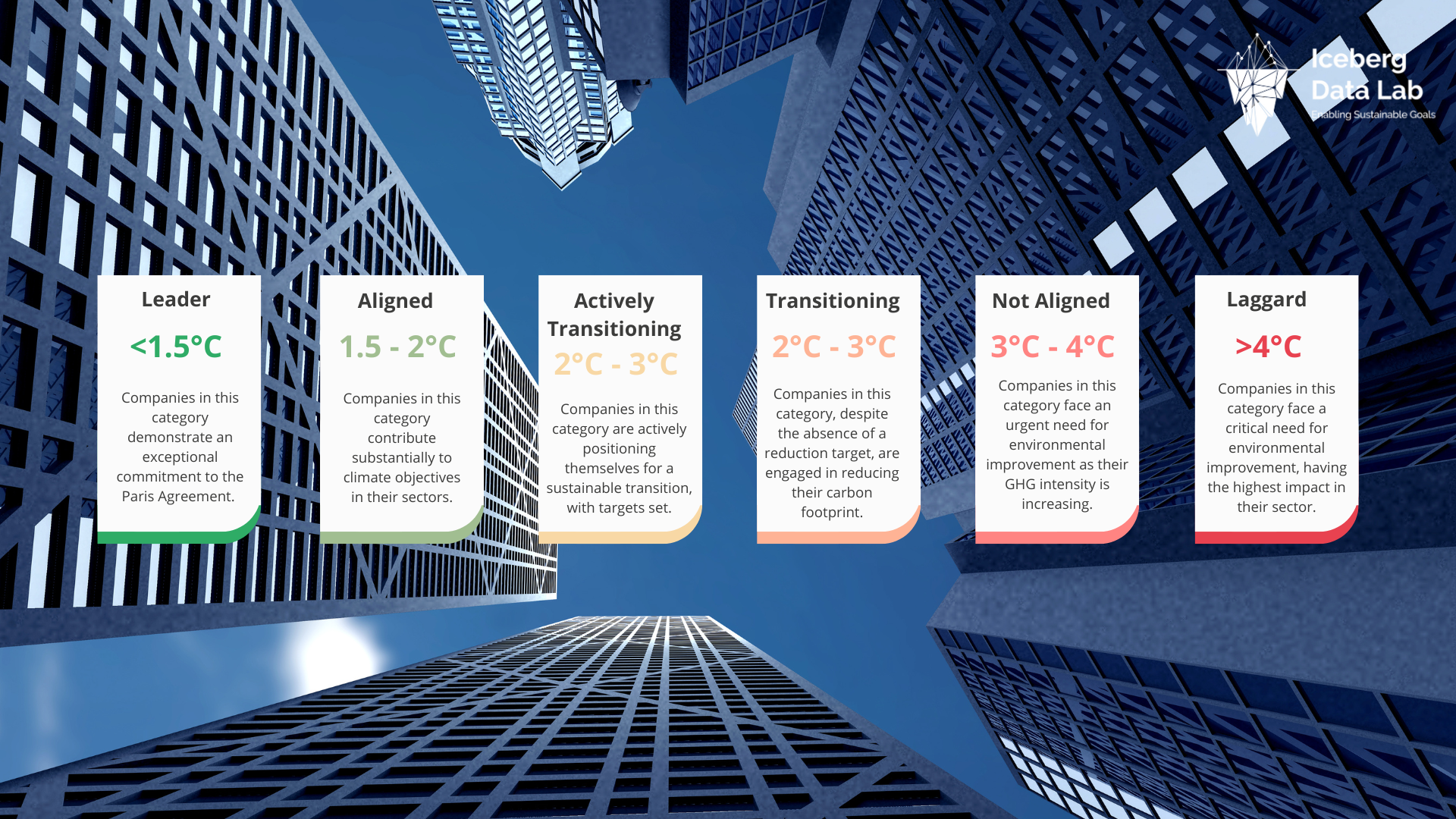)
Paris Agreement
)
The Paris Agreement stands as the world's most comprehensive international agreement on climate change, representing unprecedented global cooperation to address the climate crisis. Adopted at COP21 in November 2015, this landmark climate agreement unites 195 countries in a shared commitment to limit global warming to well below 2°C above pre-industrial levels, while pursuing efforts to limit temperature increases to 1.5°C. The agreement entered into force in November 2016, establishing a new paradigm for international climate action that recognises diverse national circumstances whilst maintaining collective ambition. However, current progress reveals significant gaps between commitments and the urgent action required to meet these temperature goals, with global emissions continuing to rise despite widespread policy efforts across participating countries.
Understanding the Paris Agreement Framework and Temperature Goals
Core Structure and Global Participation
The Paris Agreement emerged from decades of international climate negotiations, representing a fundamental shift from previous top-down approaches to a more inclusive framework accommodating all countries. Unlike the Kyoto Protocol, which imposed legally binding emissions targets only on developed nations, the Paris climate agreement establishes universal participation through nationally determined contributions, allowing each country to set its own climate targets based on national circumstances and capabilities.
The agreement was adopted by 196 parties at the UN Climate Change Conference in Paris, with rapid ratification demonstrating unprecedented international commitment to climate action. This universal approach recognises that effective global climate action requires participation from all nations, regardless of development status, whilst acknowledging the principle of common but differentiated responsibilities. The legal framework combines binding procedural obligations with voluntary targets, creating accountability mechanisms through transparency requirements and regular progress assessments every five years.
Temperature Targets and Scientific Basis
The Paris Agreement establishes dual temperature goals: holding global warming to well below 2°C above pre-industrial levels, whilst pursuing efforts to limit warming to 1.5°C. Scientific evidence from the IPCC demonstrates dramatic differences between 1.5°C and 2°C warming scenarios, with the additional 0.5°C resulting in significantly more severe impacts across multiple dimensions including extreme weather, sea level rise, and ecosystem disruption.
Recent temperature records highlight the urgency of these goals, with 2024 marking the first time global average temperature exceeded 1.5°C above pre-industrial levels for a twelve-month period. Whilst scientists emphasise that temporary exceedance doesn't constitute a breach of the Paris Agreement's long-term temperature goal, these trends demonstrate how rapidly the window for achieving the 1.5°C target is closing. The scientific consensus indicates that limiting warming to 1.5°C requires global greenhouse gas emissions to decline by 45% from 2010 levels by 2030 and reach net zero by approximately 2050.
Nationally Determined Contributions and Implementation Mechanisms
The NDC Framework and Current Commitments
Nationally determined contributions represent the operational heart of the Paris Agreement, establishing each country's specific climate commitments and creating mechanisms for increasing ambition over time. These contributions embody efforts to reduce national emissions and adapt to climate impacts, with all 195 parties required to prepare, communicate, and maintain NDCs outlining their intended achievements.
The framework establishes key principles, including that NDCs must represent "ambitious efforts" and demonstrate "progression over time" through the ratcheting mechanism, requiring enhanced ambition every five years. Current NDC assessments reveal significant gaps, with commitments from countries representing over 80% of global greenhouse gas emissions achieving only 14% collective reduction by 2030. This falls substantially short of the 43% global emissions' reduction needed for the 1.5°C goal, indicating that even full implementation of current NDCs would result in approximately 2.7°C warming by 2100.
Many NDCs contain both unconditional and conditional components, with conditional targets dependent on international financial support, technical assistance, or enhanced global ambition. This structure acknowledges capacity constraints facing developing countries whilst creating opportunities for scaled-up action through international cooperation and climate finance.
Global Stocktake and Progress Assessment
The Global Stocktake serves as the primary mechanism for assessing collective progress toward Paris Agreement goals, with the first comprehensive assessment completed in 2023 revealing insufficient current progress across mitigation, adaptation, and implementation support. The assessment identified critical requirements including bending the global emissions curve by 2025, enhanced adaptation measures, scaled-up climate finance, and strengthened international cooperation.
Transparency frameworks require countries to submit Biennial Transparency Reports providing detailed greenhouse gas inventories and progress information, subject to Technical Expert Review by international experts. Whilst lacking enforcement mechanisms, these systems create accountability pressures and facilitate peer learning. The enhanced transparency framework represents a significant advancement in international climate governance, enabling systematic tracking of global climate action and identifying areas requiring additional efforts to achieve the agreement's ambitious temperature goals.
Climate Finance, Carbon Markets, and Implementation Challenges
Climate Finance Architecture and COP29 Outcomes
Climate finance represents a critical pillar of Paris Agreement implementation, with recent COP29 negotiations establishing ambitious new targets to support developing countries in their climate efforts. The conference delivered a breakthrough commitment for developed countries to mobilise at least $300 billion annually by 2035, whilst calling on all actors to help raise $1.3 trillion yearly for global climate action.
This represents substantial evolution from the original $100 billion Copenhagen commitment, acknowledging both growing climate finance needs and expanded funding sources. The new architecture emphasises diverse mechanisms including public and private finance, development finance reform, and enhanced access procedures. However, historical experience with previous commitments highlights implementation challenges, with questions remaining about additionality, accessibility, and the balance between mitigation and adaptation finance. The Green Climate Fund and other multilateral mechanisms play crucial roles, but scaling up to meet the ambitious new targets will require unprecedented coordination across international financial institutions and private sector actors.
Article 6 Carbon Markets and Political Dynamics
COP29 delivered a historic breakthrough on Article 6 implementation, establishing frameworks for international carbon credit trading that could unlock $250 billion in cost savings whilst nearly doubling emission reduction ambition. The agreement addresses long-standing technical challenges including corresponding adjustment mechanisms to prevent double counting, creating pathways for countries to cooperate in achieving their climate targets through market mechanisms.
Political dynamics significantly influence implementation, with the US providing a prominent example of how domestic transitions affect international climate commitments. President Donald Trump announced US withdrawal on his first day in office in January 2025, following previous withdrawal and re-entry cycles that highlight vulnerabilities in maintaining policy continuity. These repeated changes create uncertainty for international negotiations and domestic investment decisions, though subnational action by states and cities has helped maintain some progress despite federal policy reversals. The pattern established by the United States illustrates broader challenges facing Paris Agreement implementation where climate policy lacks bipartisan consensus, potentially affecting long-term effectiveness of international climate action efforts.
The Paris Agreement has fundamentally transformed global climate governance, creating unprecedented frameworks for international cooperation whilst acknowledging diverse national circumstances. However, current assessments reveal substantial gaps between collective commitments and the emission reductions required to meet temperature goals. Success ultimately depends on enhanced ambition in upcoming NDC cycles, effective implementation of new climate finance commitments, and sustained political commitment across major emitting countries. Advanced ESG data solutions and scientific methodologies will prove essential for tracking progress, identifying implementation gaps, and supporting evidence-based policy development as the international community works to close the ambition gap and achieve the agreement's transformative climate objectives.
Related Articles
You might be interested in these articles
Get in touch!
Want to know more? Fill out the form or reach us directly via email at contact@icebergdatalab.com.
75116 Paris
EC2Y 9DT London
60327 Frankfurt am Main, Frankfurt
Beverly, MA 01915





)
)








